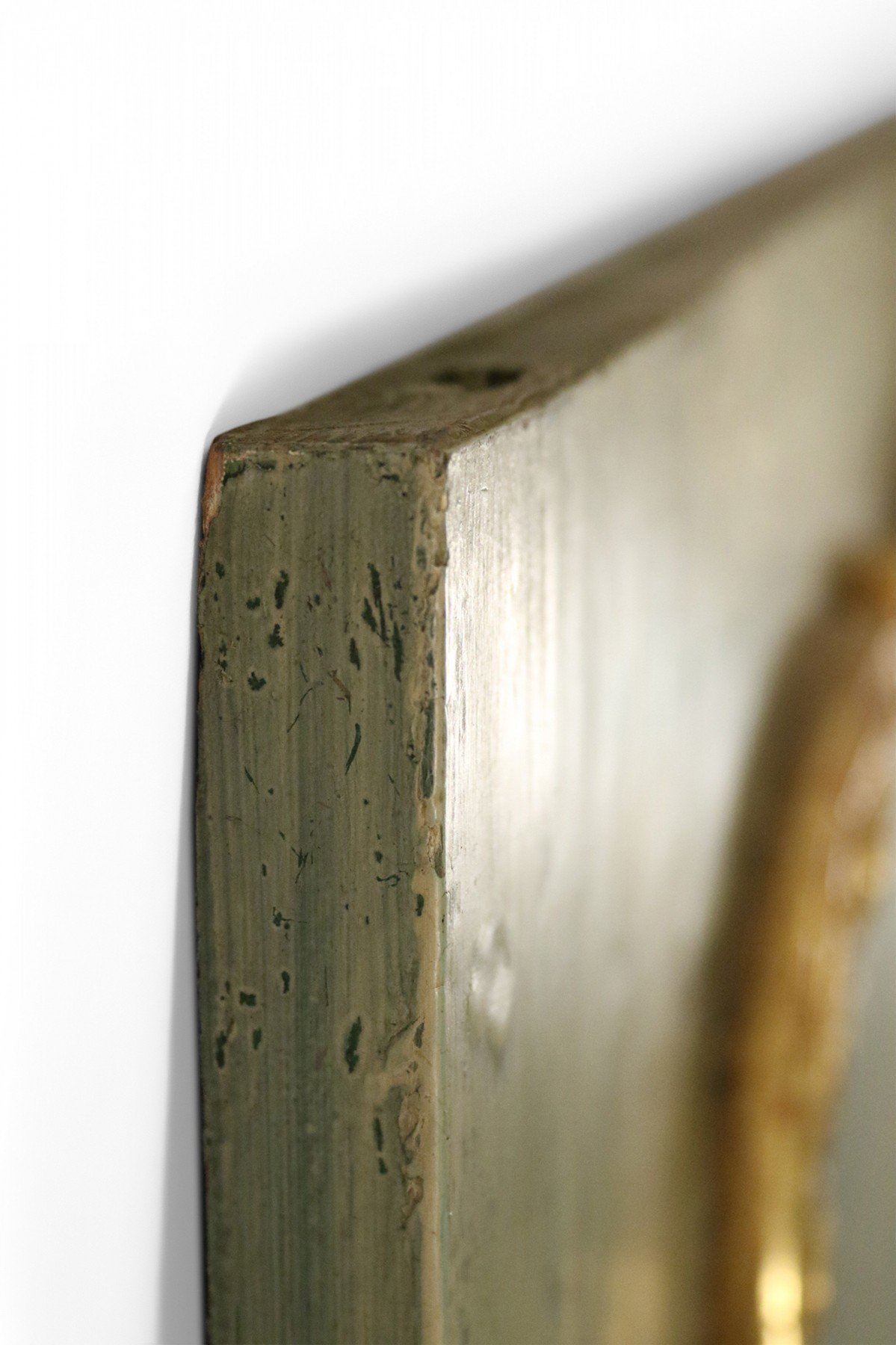X
{{ modalTitle }}
PLEASE FILL IN THE REQUIRED FIELDS.X
X
{{ modalTitle }}
Choose one of the options below.X
ITEM SUCCESSFULLY
ADDED TO PROJECT
French Victorian Green Painted and Gilt Wood Chinoiserie Scene Trumeau Wall Mirror
 French
French Victorian
Victorian Mirrors
Mirrors Wall Mirror
Wall Mirror
Newel Warehouse
32-00 Skillman Ave
Long Island City NY - 11101
 (212) 758-1970
(212) 758-1970
French Victorian Green Painted and Gilt Wood Chinoiserie Scene Trumeau Wall Mirror

Newel Warehouse
32-00 Skillman Ave
Long Island City NY - 11101
 (212) 758-1970
(212) 758-1970
 Mirrors
Mirrors Wall Mirror
Wall MirrorVictorian
Period in English furniture during the reign of Queen Victoria 1837-1901. Consists of a resurrection of many previous periods and revival imitations including: Gothic, Tudor, Elizabethan, Rococo, and Neoclassic style. This period had a focus on dark woods, heavy fabrics, embellishment, engagement with newly developed imitation materials that were facilitated by the Industrial Revolution, and a tendency towards eclecticism.
Chinoiserie
Chinoiserie is the European adaptation of Oriental designs. Chinoiserie can be dated back to the beginning of the 17th Century French, Rococo and Regency periods. The term chinoiserie comes from the word “chinois” which is French for “Chinese”. Common chinoiserie prints and motifs include foo dogs, pagodas, nature scenes, and dragons.
Trumeau
Trumeau The Trumeau is the decorative treatment of the space over a mantle, door, or window. The trumeau typically consists of a mirror and is rectangular in size. The trumeau originated in France during the 18th century and the original trumeaus were set into tall wooden frames or paneling. Trumeaus are known for the ornate decorative elements.
Victorian
Period in English furniture during the reign of Queen Victoria 1837-1901. Consists of a resurrection of many previous periods and revival imitations including: Gothic, Tudor, Elizabethan, Rococo, and Neoclassic style. This period had a focus on dark woods, heavy fabrics, embellishment, engagement with newly developed imitation materials that were facilitated by the Industrial Revolution, and a tendency towards eclecticism.
Chinoiserie
Chinoiserie is the European adaptation of Oriental designs. Chinoiserie can be dated back to the beginning of the 17th Century French, Rococo and Regency periods. The term chinoiserie comes from the word “chinois” which is French for “Chinese”. Common chinoiserie prints and motifs include foo dogs, pagodas, nature scenes, and dragons.
Trumeau
Trumeau The Trumeau is the decorative treatment of the space over a mantle, door, or window. The trumeau typically consists of a mirror and is rectangular in size. The trumeau originated in France during the 18th century and the original trumeaus were set into tall wooden frames or paneling. Trumeaus are known for the ornate decorative elements.
Victorian
Period in English furniture during the reign of Queen Victoria 1837-1901. Consists of a resurrection of many previous periods and revival imitations including: Gothic, Tudor, Elizabethan, Rococo, and Neoclassic style. This period had a focus on dark woods, heavy fabrics, embellishment, engagement with newly developed imitation materials that were facilitated by the Industrial Revolution, and a tendency towards eclecticism.
Chinoiserie
Chinoiserie is the European adaptation of Oriental designs. Chinoiserie can be dated back to the beginning of the 17th Century French, Rococo and Regency periods. The term chinoiserie comes from the word “chinois” which is French for “Chinese”. Common chinoiserie prints and motifs include foo dogs, pagodas, nature scenes, and dragons.
Trumeau
Trumeau The Trumeau is the decorative treatment of the space over a mantle, door, or window. The trumeau typically consists of a mirror and is rectangular in size. The trumeau originated in France during the 18th century and the original trumeaus were set into tall wooden frames or paneling. Trumeaus are known for the ornate decorative elements.



















